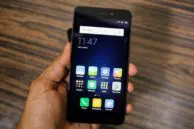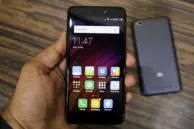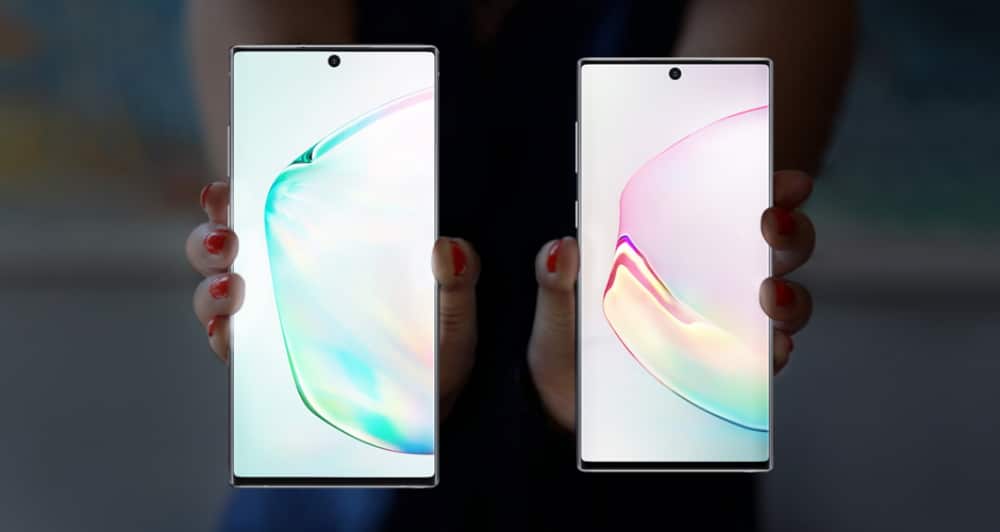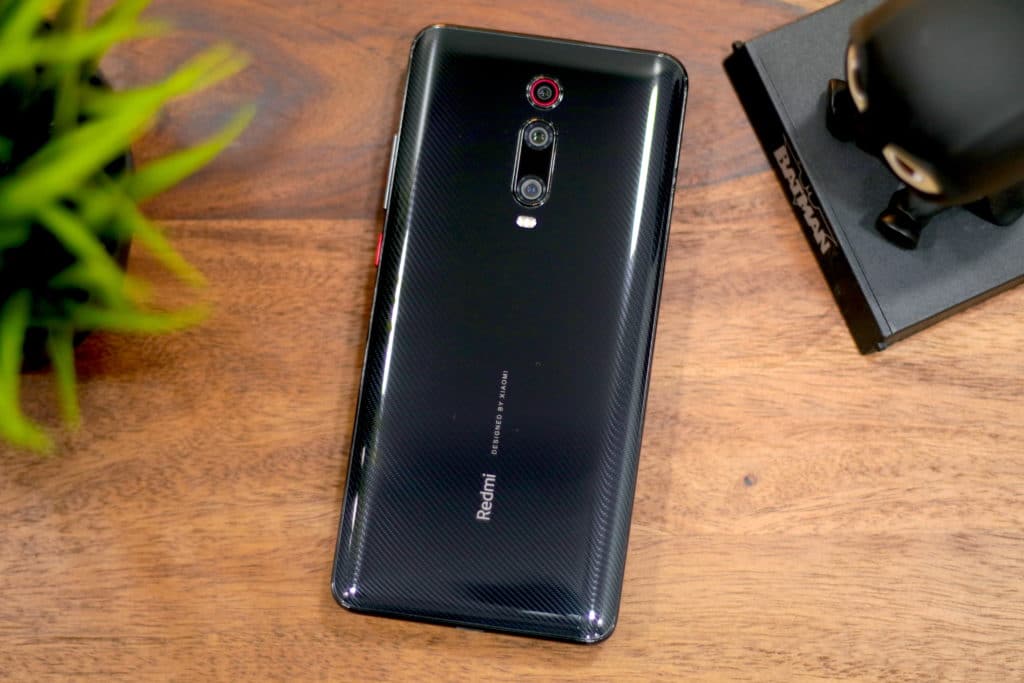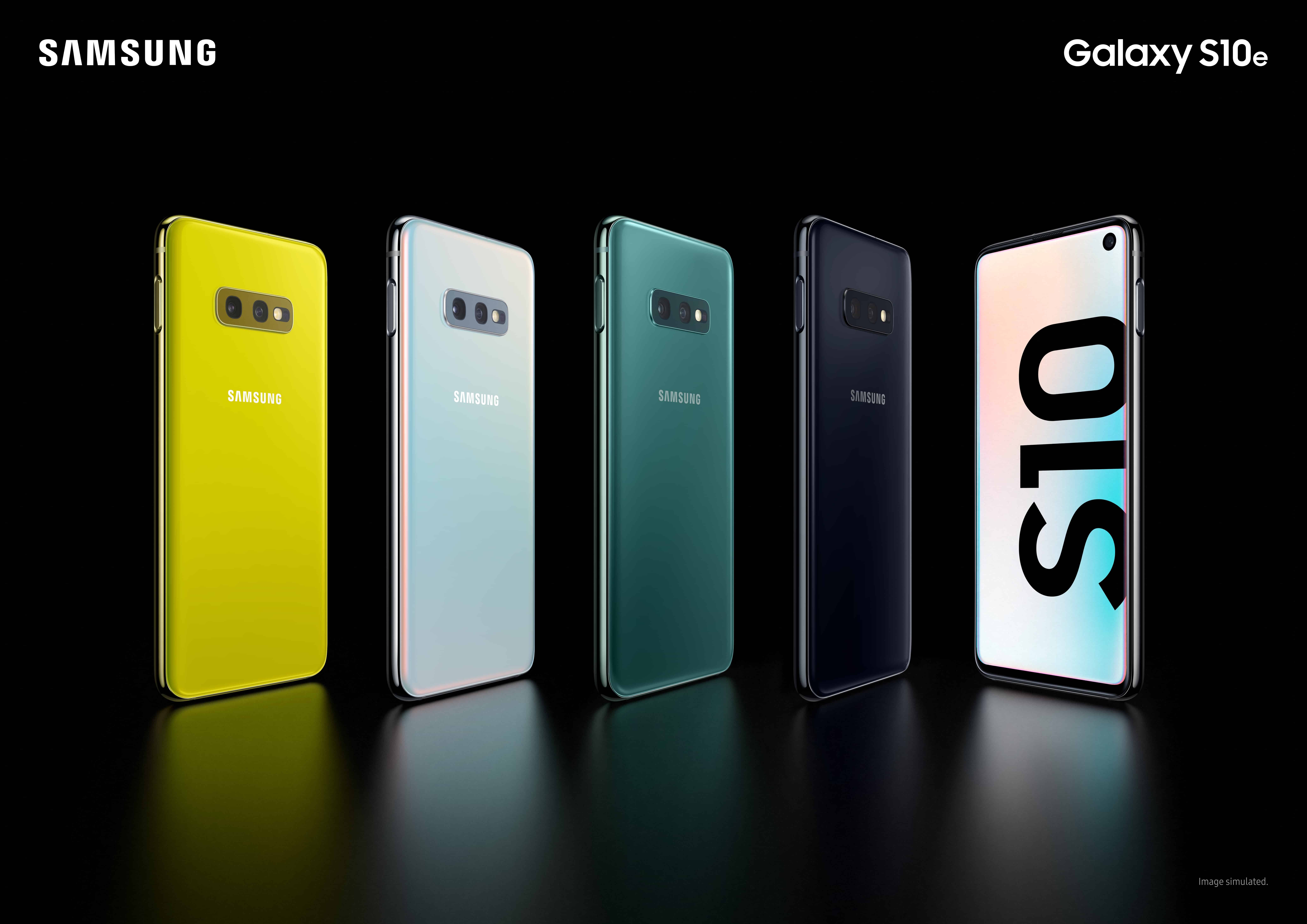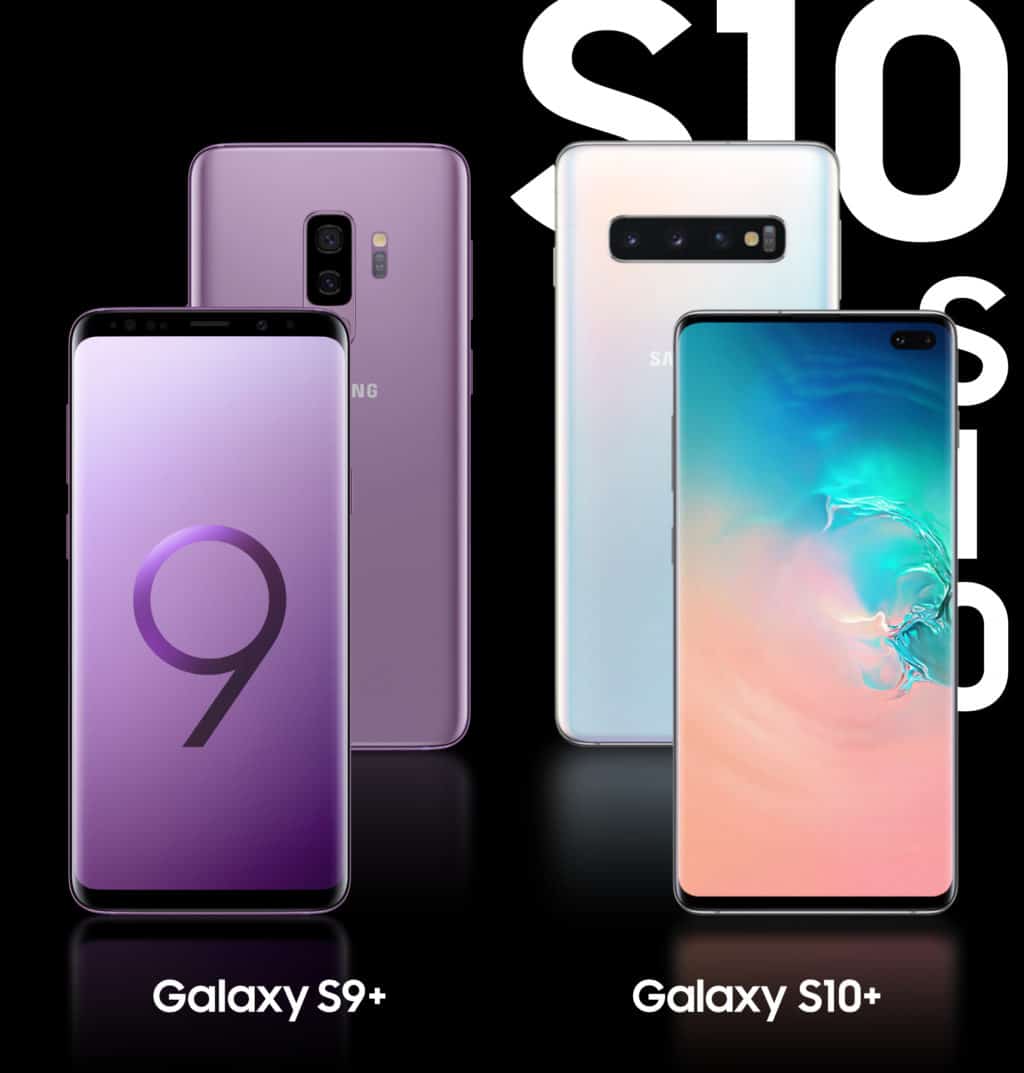
A month after launching the Redmi 4A, Xiaomi launched the Redmi 4 in India earlier this week. The Redmi 4A is Xiaomi’s cheapest handset in India, while the Redmi 4 is the successor to the company’s incredibly popular Redmi 3S.
When you look at their price, you will be surprised to see that there is a difference of only Rs 1,000 between the two handsets. The Redmi 4A comes in at Rs 5,999, while the base variant of the Redmi 4 is priced at Rs 6,999 and goes all the way up to Rs 10,999. Given how similarly these two handsets are priced, there is a confusion among Indian buyers as to which one they should opt for. Let’s clear this dilemma in this comparison then!
Build Quality and Display

The Redmi 4A is made of polycarbonate plastic, while the Redmi 4 features a metal design at its rear with plastic inserts at the top and bottom. The latter feels much more premium than the Redmi 4A in every way imaginable. Even at the front, the use of a 2.5D curved glass on the Redmi 4 gives it a more premium look and feel, while the Redmi 4 looks more like a handset from last year. There is a huge difference in the build quality of these two smartphones, and the Redmi 4 is so far ahead of the Redmi 4A in this department that its a no contest. It’s amazing how much more premium the Redmi 4 looks and feels in hand compared to the Redmi 4A despite the base model being priced at an additional premium of only Rs 1,000 over the 4A.
As if the better build quality and display cover glass were not already enough, all variants of the Redmi 4 this time around come with a fingerprint scanner at their rear which the Redmi 4A completely lacks.
The 5-inch 720p display panel on both handsets is excellent, with great viewing angles and decent brightness levels. You will, however, struggle to read content on-screen while out in harsh sunlight. The addition of the 2.5D curved glass does make the Redmi 4’s display much nicer to look and use, while the Redmi 4A in combination with its polycarbonate body just feels less like a smartphone and more like a toy.
Performance
Under the hood, there is a difference of only four cores between the Redmi 4A and the Redmi 4. While the Redmi 4A comes with a quad-core Snapdragon 425 chipset running at 1.4GHz, the Redmi 4 comes with an octa-core Snapdragon 435 chipset. The Redmi 4A is only available with 2GB RAM and 16GB of storage, while the Redmi 4 is available in three different variants: 2GB RAM + 16GB storage, 3GB RAM + 32GB storage, 4GB RAM + 64GB storage.
The four additional cores on the Redmi 4 make a huge difference in day to day performance. As soon as you start using more than 3-4 applications on the Redmi 4A, the handset starts feeling very sluggish and slow. The Redmi 4, on the other hand, performs much better with a bunch of apps and services running in the background due to its octa-core processor.
The difference in app loading times between the two handsets is not much, but the Snapdragon 435 chipset inside the Redmi 4 really makes it count when multitasking with a few apps open.
The base variant of the Redmi 4 comes with 2GB RAM similar to what the Redmi 4A comes with. Both phones can keep 7-8 apps loaded in their RAM without much of an issue, though as noted above, the Redmi 4A will slow down significantly and start stuttering.
Camera

Both Redmi handsets come with a 13MP shooter at their rear, though the one on the Redmi 4 features a f/2.0 aperture while the one on the Redmi 4A features a f/2.2 aperture. The camera of both handsets is below par to average at best, with the Redmi 4A performing even worse in low-light scenarios. In daylight and when there is plenty of light available, both phones are able to capture decent photos. In anything less than ideal situations though, the phones take photos that look washed out and lack any kind of details. The Redmi 4 is able to capture slightly better photos in low-light thanks to its bigger aperture but the resulting images are still sub-par.
- Redmi 4
- Redmi 4A
- Redmi 4
- Redmi 4A
- Redmi 4
- Redmi 4A
In daylight and when there is plenty of light available, both phones are able to capture decent photos. In anything less than ideal situations though, the phones take photos that look washed out and lack any kind of details. The Redmi 4 is able to capture slightly better photos in low-light thanks to its bigger aperture but the resulting images are still sub-par.
Due to their relatively weak processors, both handsets cannot record videos in slow-motion, though they are capable of recording videos in Full HD resolution.
The 5MP selfie shooter on both phones is average at best and just like the rear camera, it struggles in low-light.
Conclusion
It’s amazing just how much more value the Redmi 4 is able to offer when compared to the Redmi 4A despite the former only costing an additional Rs 1,000. In addition to its inferior build quality and performance, the Redmi 4A also comes with a 3120mAh battery which is significantly smaller than the 4100mAh one found inside the Redmi 4. This allows the latter to offer two-day battery life even with heavy use.
If you are in the end market for a budget Android smartphone, you really should go for the Redmi 4 even if its the base variant that comes with 2GB RAM and 16GB storage. Ideally though, if you are looking to buy the Redmi 4 for your primary use, I will recommend you to spend a few additional grand and get the 3GB RAM + 32GB variant of the handset for Rs 8,999. As for the Redmi 4A, if you are looking for a phone for secondary use that will be thrown around a lot, you should go for it.
Do note that both phones go on sale only once a week and sell out within a few seconds of their sale going live. The Redmi 4 and 4A can be purchased through Amazon or Mi.com.
